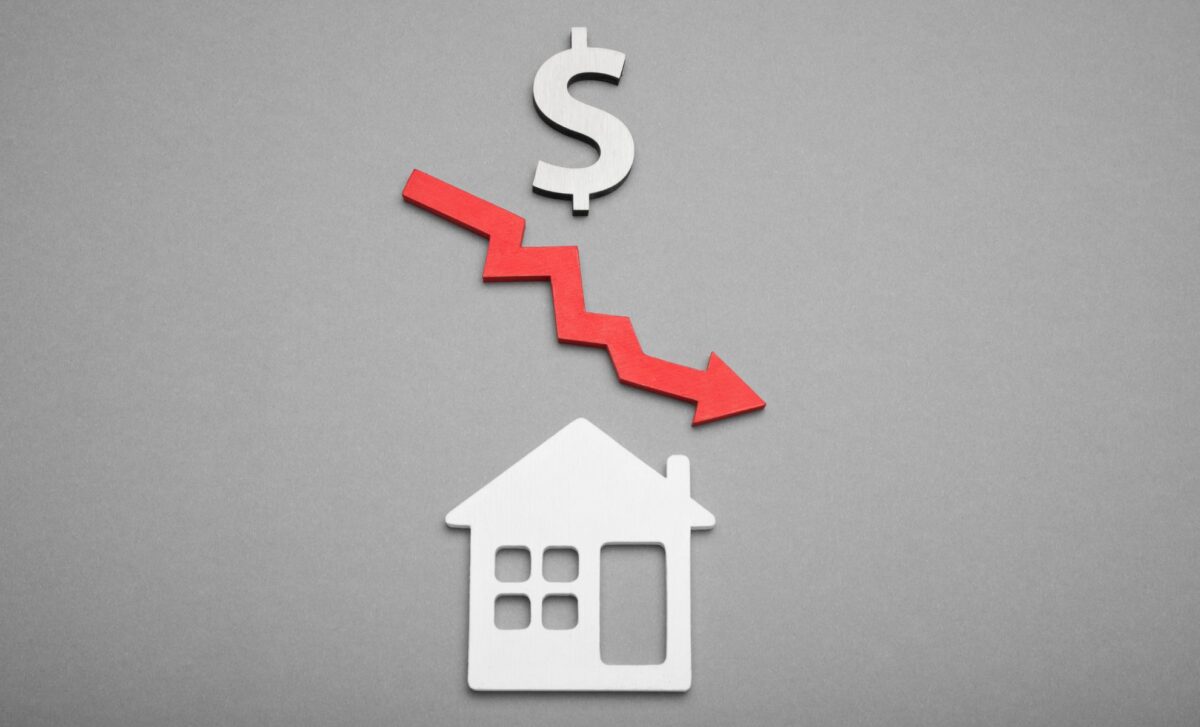Mortgage rates in the United States have continued their downward trend, providing potential relief for homebuyers as the spring market gains momentum. The decline, now in its seventh consecutive week, has sparked renewed interest in home purchases and mortgage refinancing.
The average rate on a 30-year fixed mortgage dropped to 6.63% for the week ending March 6, down from 6.76% the previous week, according to Realtor.com, which cited the latest figures from Freddie Mac.
Mortgage Rates Continue to Ease, Reaching Lowest Levels Since December
After peaking at just above 7% in mid-February, mortgage rates have gradually fallen back to levels last seen in December. The shift has been attributed to economic uncertainty, lower inflation expectations, and increased investor demand for bonds, which drive borrowing costs down.
“The decline in rates increases prospective homebuyers’ purchasing power and should provide a strong incentive to make a move,” said Freddie Mac Chief Economist Sam Khater.
This trend comes at a crucial time, as the housing market enters one of its busiest periods of the year. Despite this downward movement, most industry experts anticipate that mortgage rates will remain above 6% throughout 2024. Inflation remains a key concern, and while borrowing costs have eased, they are still significantly higher than pre-pandemic levels.
Economic Uncertainty and Market Volatility Influence Rate Movements
Several economic factors have contributed to the continued decline in mortgage rates. One major driver has been recession fears, which have led to increased investor interest in bonds—a traditional safe-haven asset. Higher bond demand lowers yields, which in turn reduces long-term borrowing costs such as mortgage rates.
Lower global oil prices have also played a role, easing inflationary pressures that had previously contributed to rate hikes. In addition, market volatility linked to trade tariffs imposed by the Trump administration on Canada and Mexico has further fuelled investor caution, pushing capital into bonds and keeping interest rates in check.
However, economists warn that inflation remains a concern, meaning the Federal Reserve is unlikely to introduce aggressive rate cuts in the near future.
“We do not anticipate significant relief from high mortgage rates in the near future because of inflation remaining stubbornly high, which will not be helped by the tariffs that the Trump administration appears committed to rolling out,” said Realtor.com® Senior Economist Joel Berner.
Home Prices Stabilise as Inventory Levels Rise
The impact of falling mortgage rates on home prices has been mixed. While median listing prices fell by 0.3% year-over-year in the week ending March 1, actual sales prices have remained stable or increased slightly.
According to data from Realtor.com, the number of new listings rose 0.1% from last year, marking the eighth consecutive week of annual growth. Meanwhile, total inventory levels were 27.6% higher than a year ago, reflecting a slower pace of home purchases.
With more homes available on the market, buyers have greater negotiating power, particularly as the time required to sell a home has increased. Properties are now spending an average of four additional days on the market compared to last year.
Refinancing Activity Sees a Boost as Homeowners React to Lower Rates
The decline in mortgage rates has not only benefited prospective homebuyers but has also led to a surge in refinancing applications. According to Freddie Mac, the refinance share of mortgage applications climbed to nearly 44%, the highest level recorded since December 2023.
Lower rates offer existing homeowners an opportunity to reduce their monthly payments or switch to more favourable loan terms. However, refinancing demand could be tempered by continued economic uncertainty, particularly if inflation remains persistent.









